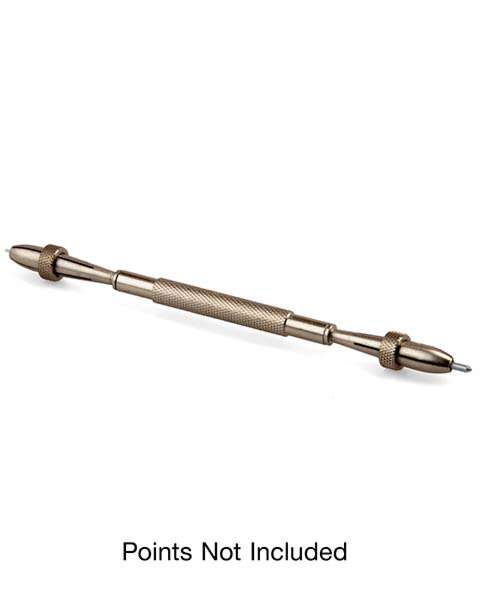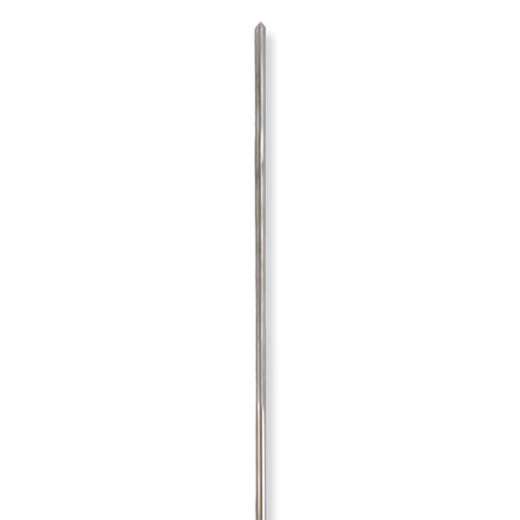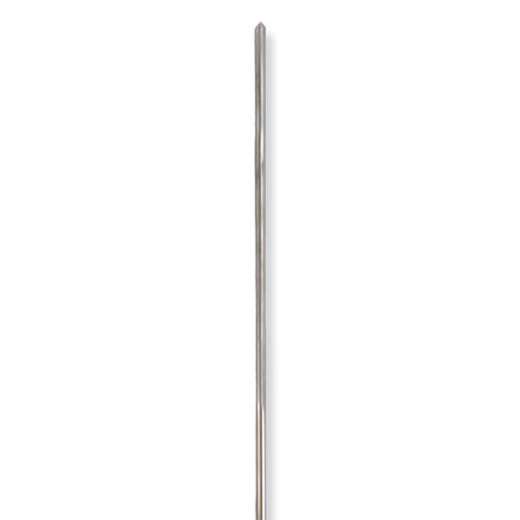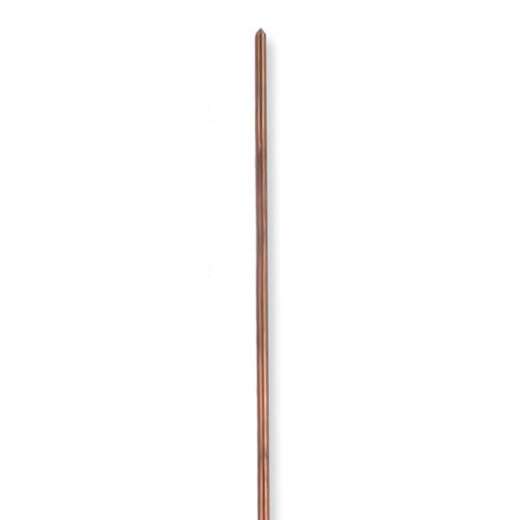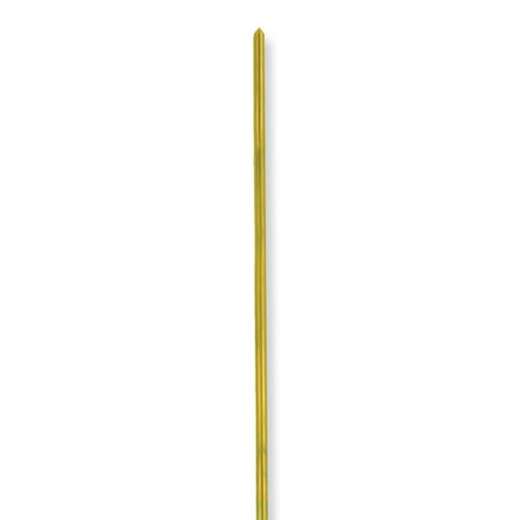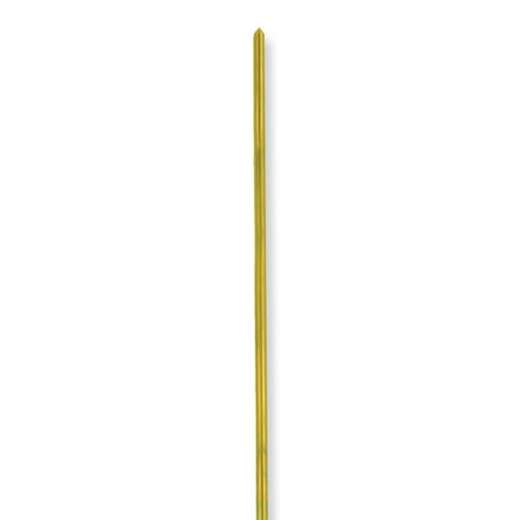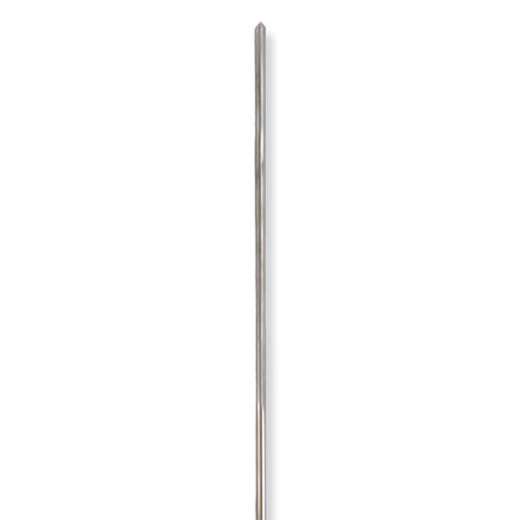Silverpoint—What Does Hard or Soft Mean?

What do full-hard, half-hard, and dead soft mean? What's the difference between half-hard and dead-soft silverpoints?
Silver and Sterling silver* wire are made up of large crystals. As the wire is worked or formed, it hardens. This hardening effect breaks the crystals into smaller crystals, and the wire becomes stiffer and stiffer as the crystals become smaller and smaller. If worked too much, the wire will break. Dead soft wire is very malleable, which makes it easy to work with when bending and wrapping it. On the other hand, half-hard wire has been tempered to provide some stiffness and is less likely to break when manipulated.
The difference between the type of tempering or heat-treating for most artists is probably negligible. However, we have observed slight differences in the handling and resulting silver deposited between the different types of metal hardness. Most artists begin with dead-soft silver or sterling silver, and, after developing some experience drawing with silverpoint, they begin experimenting with other metals.
The difference in lines produced by dead soft and hard silverpoints is subtle. These terms describe how the metal has been heat treated (or not) to be malleable yet maintain its shape under stress during manipulation (which is essential when metal forming, such as in jewelry making). The term is not synonymous with the terms used for graphite leads and charcoal pencils.
Half-hard silverpoints tend to make lighter lines with less surface luster when applied to traditional silverpoint grounds and acrylic dispersion silverpoint primers. In contrast, dead soft silverpoints lay down darker lines that exhibit greater luster.
Notes
* Sterling silver is 92.5% silver and 7.5% copper. The copper component in sterling silver causes it to tarnish more readily than fine silver.






